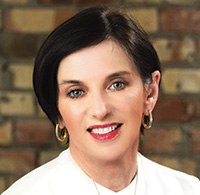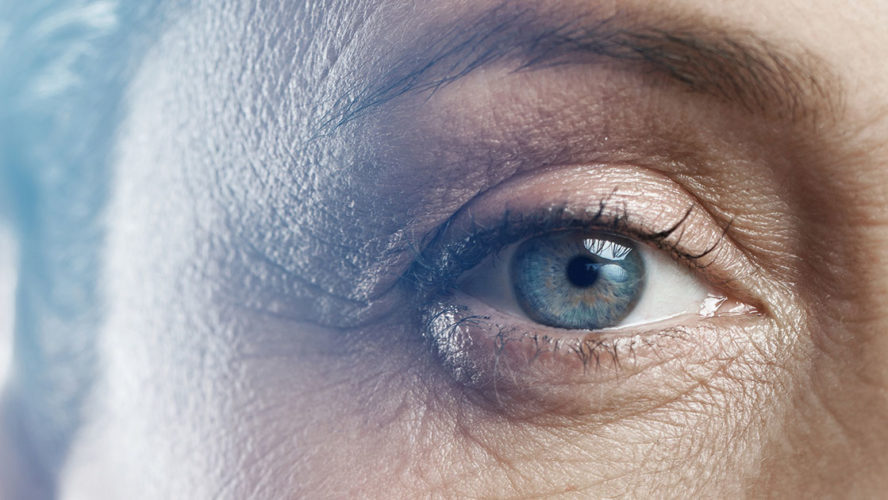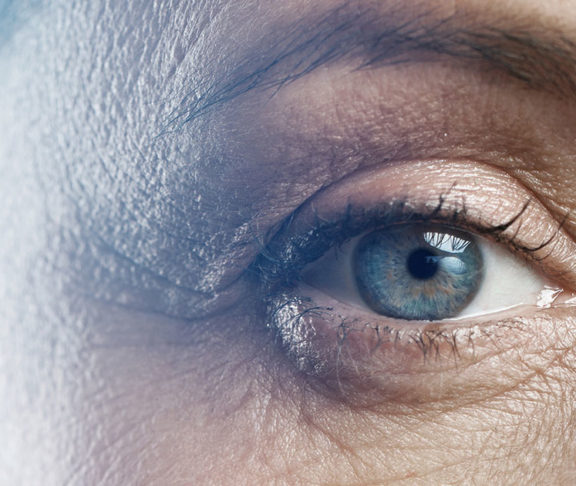
Jane Barratt
Secretary General, International Federation on Ageing

Katrina Bouzanis
Program Manager, International Federation on Ageing
People living with diabetes, physicians, patient advocates, and policymakers must work together to prevent, diagnose, and treat diabetic retinopathy.
People living with diabetes have an elevated risk of eye disease. High blood sugar levels can damage the small blood vessels in the retina, leading to conditions such as diabetic retinopathy. While diabetic retinopathy can initially cause no symptoms or only mild vision problems, it can lead to severe vision loss and eventually blindness if left untreated.
The key words are “if left untreated” because this pathway to blindness is completely avoidable. “Diabetic retinopathy is preventable through prompt diagnosis and appropriate disease management, and I think that’s a really important piece,” says Jane Barratt, Secretary General of the International Federation on Ageing (IFA). The IFA is an international non-governmental organization (NGO) whose members are governments, NGOs, academia, industry, and individuals in nearly 80 countries.
Diabetic retinopathy is preventable through prompt diagnosis and appropriate disease management.
The impact of diabetes-related eye complications
Diabetic retinopathy severely affects patients’ physical and mental well-being, their roles and responsibilities within the family, and their ability to contribute to their community, not to mention the negative effects on patients’ families and caregivers. It affects approximately one million Canadians (or 25.1 per cent of Canadians with diabetes) and is the leading cause of blindness among working-age adults.
“Undiagnosed or untreated diabetic retinopathy will result in severe vision deterioration, which can impact all facets of life,” says Katrina Bouzanis, Program Manager at the IFA. “It can limit someone’s ability to work, provide for their family, drive, read, and more — it impacts almost every aspect of someone’s life.” Vision loss can also increase patients’ dependence on their caregivers, lead to social isolation and marginalization, and take a huge toll on mental health, Bouzanis notes. As such, preventing the disease is essential.
With this in mind, the IFA joined forces with the International Agency for the Prevention of Blindness, the International Diabetes Federation, and the Vision Academy to undertake the landmark DR Barometer Study, a global survey of close to 7,000 adults with diabetes and their health-care providers in 41 countries.
Promoting positive change
The DR Barometer Study aims to improve the prevention, assessment, and treatment of diabetic retinopathy, and the DR Barometer Program was initiated following the groundbreaking study.
“Vision complications affect patients’ ability to manage their diabetes, which exacerbates their vision problems, and it gets into this vicious cycle,” says Bouzanis, Lead of the DR Barometer Program. “That’s one of the reasons the DR Barometer Program exists — firstly to focus on prevention and secondly to improve access to care and co-ordination of care.”
The ongoing study gathers input from eye clinics around the globe, including retinal specialists and ophthalmologists, staff, and patients, and assesses treatments, adherence and compliance, barriers to treatment, and possible solutions. “We’re working on translating all this information into changes in policy and practice that will improve patient outcomes and improve patient-centric care,” says Bouzanis.
From prevention-promoting practices such as regular eye screenings and patient education to strengthened referral pathways, co-ordinated care models, and streamlined protocols, the DR Barometer Study and Program promise to enable patients to prevent vision loss related to their diabetes and to receive vision-preserving treatment.
“We call on the government to invest in infrastructure that supports healthy aging and vision health,” says Barratt.
This article was made possible with support from a research-based pharmaceutical company.


